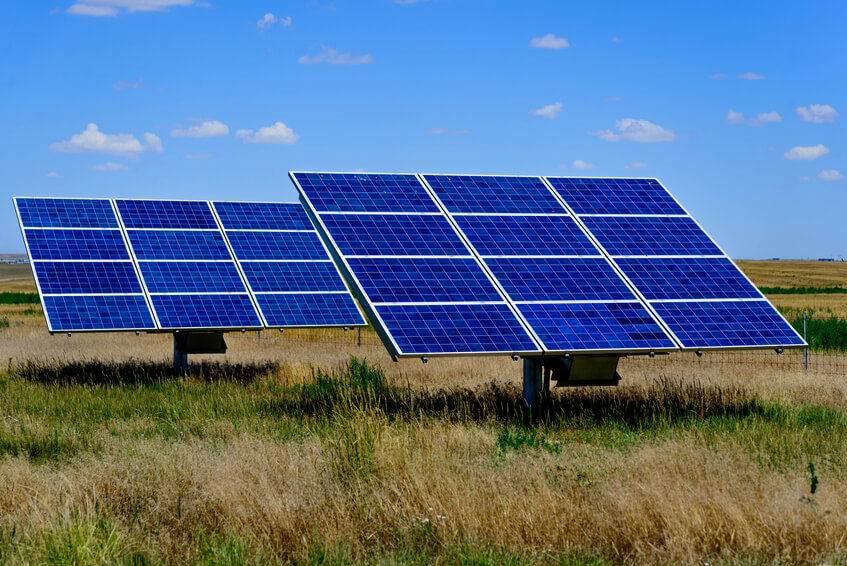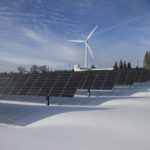Generating electricity used to be a relatively arduous task considering the number of cable wires used to transfer current over a lengthy distance. However, with innovations, electricity can be generated even from the sun with the use of a Solar Photovoltaic (PV) System. This is a modern and efficient way to generate electricity and here’s a look at what the solar PV system is.
What is a Solar PV system?
Solar Power System is also referred to as Solar Photovoltaic (PV) system. It is a form of renewable energy that converts the rays of sunlight into electricity with the use of photovoltaic modules. This generates electricity which can either be stored or used directly. It can also be combined with one or more electricity generators or feedback to the gridline or with any renewable energy source.
Components of a Solar PV System
A few key components make up the solar system and all of these are combined for optimum regulation, control and generation of electric flow. The Solar PV system components include:
- The Solar Panels: Also referred to as the solar PV panels, is usually installed on the roof of diverse businesses and houses to generate electricity by simply converting the rays of sunlight which is directed at the panel into electricity suitable for a range of uses. This process requires no movable parts and the conversions are done within the solar cells.
- Solar Inverter: This is one of the core components of the solar electric system. The inverter converts the direct current (DC), which is derived from the Solar PV panel into a 240 volts AC, which is the usable current fed into the homes to power the household appliances.
- Batteries: This is another key component. With the batteries, the currents generated which are not used up immediately are directed to be stored in home batteries for later use.
- Mounting Systems: With the need for the solar PV system to be directly in contact with therays of the sun, it is usually placed on the roofs of buildings where it can have direct exposure to the sun. Usually, the mounting systems are made of aluminum and designed to condone various solar modules on various rooftops.
Designing a Solar PV System
- In designing a solar PV system, the total amount of power within the building that needs to be supplied by the solar PV system should be determined first.
- Secondly, the size of the solar PV system modules should be determined. This is because different sizes of photovoltaic (PV) modules produce different amounts of power.
- Thirdly, the sizing of the inverter. The inverter input rate should not be lower than that of the appliances’ total watt. Also, the inverter must have dust the same battery nominal voltage.
- The next thing is to get the appropriate battery used in the solar PV systems which is usually the deep cycle battery. The size of the battery should be enough to store sufficient energy to power the gadgets in the building during cloudy days and at night.
Related Posts












